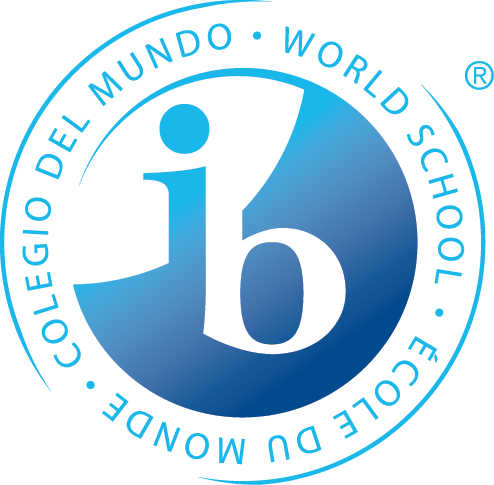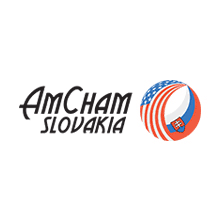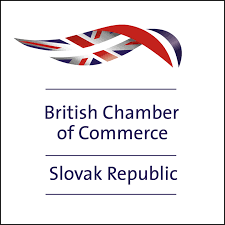21st Century Education
What is a 21st-century education at KEIS?
This is a question with multi levels to it. It consists of a few things: a 21st-century educator, approaches to teaching, approaches to learning, technology-enhanced learning, and a 21st-century classroom.
A 21st-century educator plans for the future, is a master with educational technology, is adaptive and collaborative. They are lifelong learners. At KEIS, our educators are:
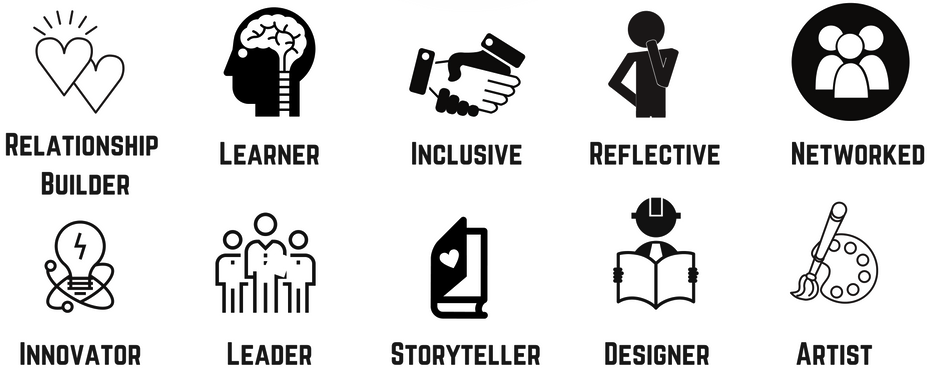
Approaches to teaching at KEIS are broad and flexible strategies depending on the context and needs of students. They are: based on inquiry, focused on conceptual understanding, developed in local and global contexts, focused on effective teamwork and collaboration, designed to remove barriers to learning, and informed by assessment.
Approaches to learning at KEIS teach students fundamental skills emphasised in developmentally appropriate ways. These skills are: thinking, research, communication, social and self-management skills. They aim to empower learners to see learning as an active and dynamic process.
Technology-Enhanced Learning (TEL) consists of four main concepts: mobile learning, citizen science, openness and learning at scale. TEL focuses on the learning design in how technology is applied in education. TEL at KEIS develop students’ ability to engage with multiple texts in multiple modes of literacy: digital, media, information, critical and design literacy. The most important aspect of TEL is ensuring that educators do not just replace old habits with technology, but rather enhance and change their practices.
A 21st-century classroom is the environment that can support these four concepts mentioned. KEIS promotes inquiry-based, student-led learning and teaching. The round tables enable students to sit and work in groups, with the teacher facilitating through active social engagement. The relationship between teacher and student is a partnership. The teacher no longer stands in front of the room, writing on a chalkboard. KEIS educators encourage students’ collaboration and communication, sparking their curiosity, encouraging their desire to learn and providing support for their personal journey.
We are designing our classrooms and school learning environments so that we can provide the most up-to-date education with the future in our heart.
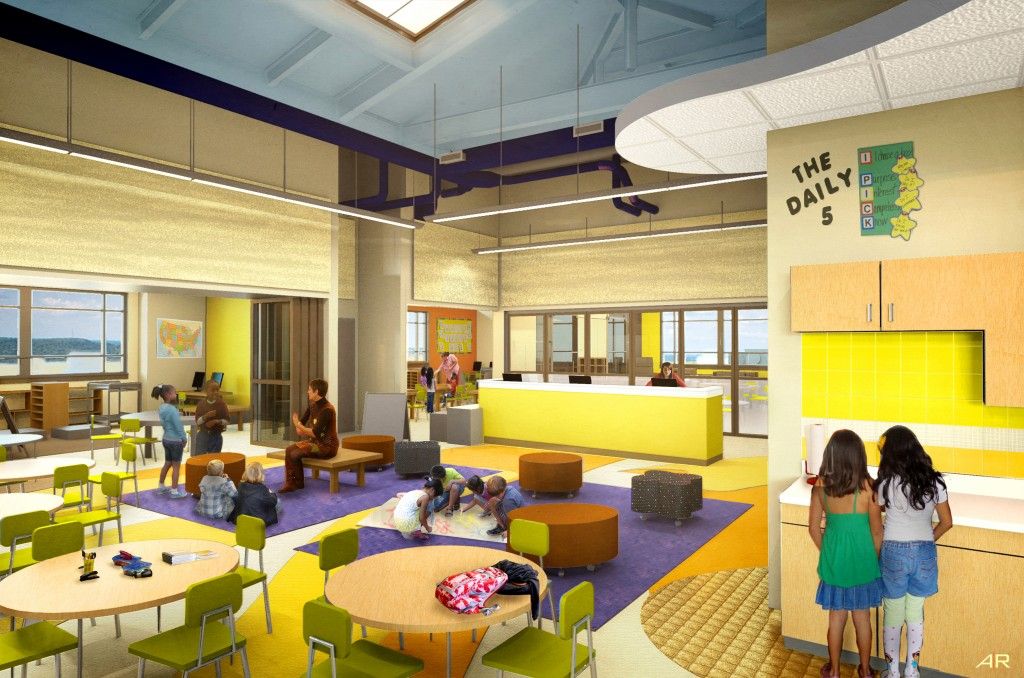
References
Cresswell, M. (2020) ‘Multiliteracies of a 21st-century educator’, Michael Cresswell [online] Available at: https://www.michaelcresswell.com/post/multiliteracies-of-a-21st-century-educator
Cresswell, M. (2020a) ‘The enhanced crow and pitcher story’, Michael Cresswell [online] Available at: https://www.michaelcresswell.com/post/the-enhanced-crow-and-the-pitcher-pedagogy
International Baccalaureate Organisation (2019) ‘What is an IB Education’, Petersen House, Cardiff, UK
Kleber, E. (nodate) ‘DoDEA DeLalio Elementary School Replacement’, Pinterest [image] Available at: https://i.pinimg.com/originals/c1/4b/ba/c14bba47561d523abbc748ebb9132e26.jpg
